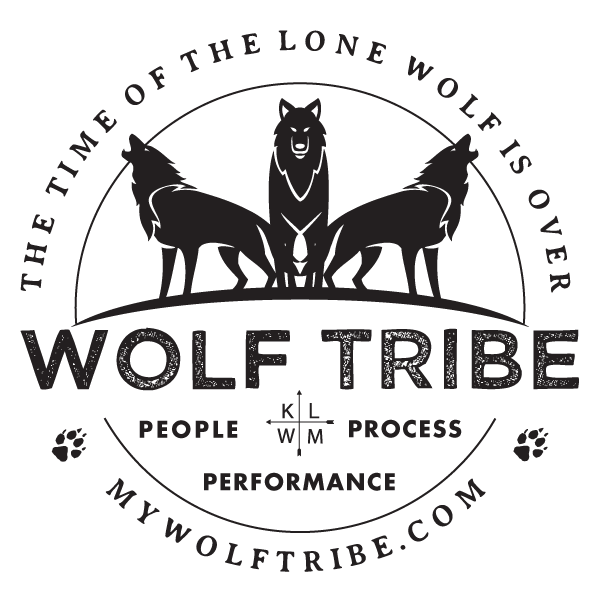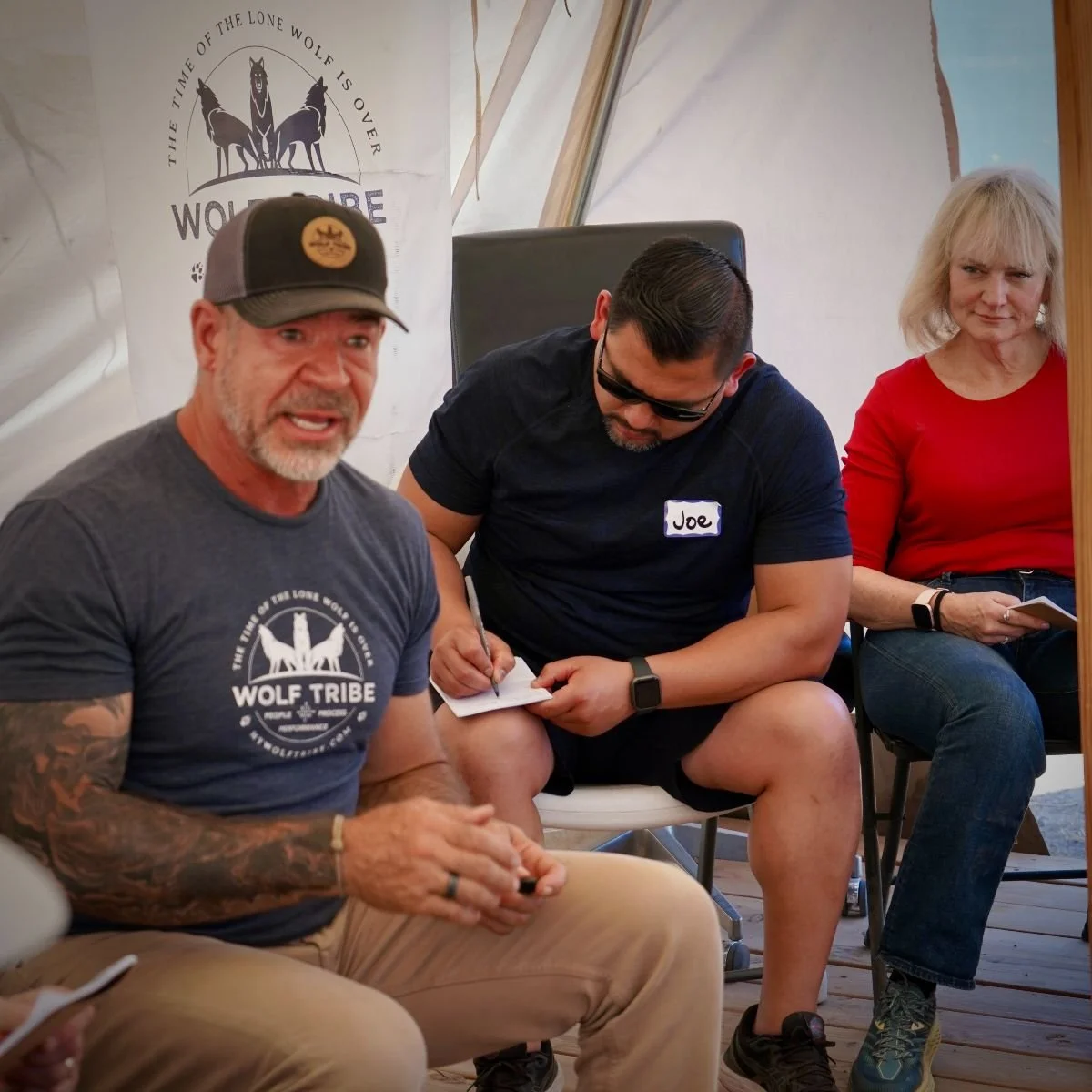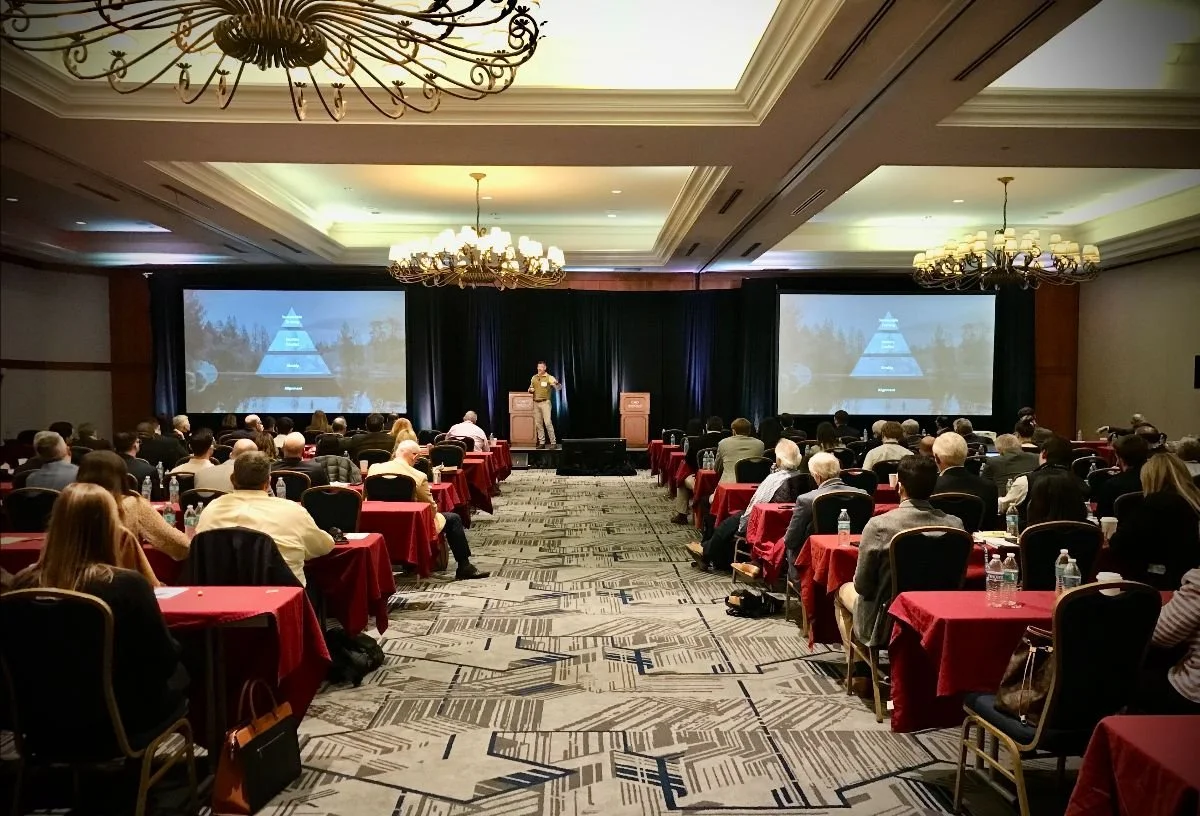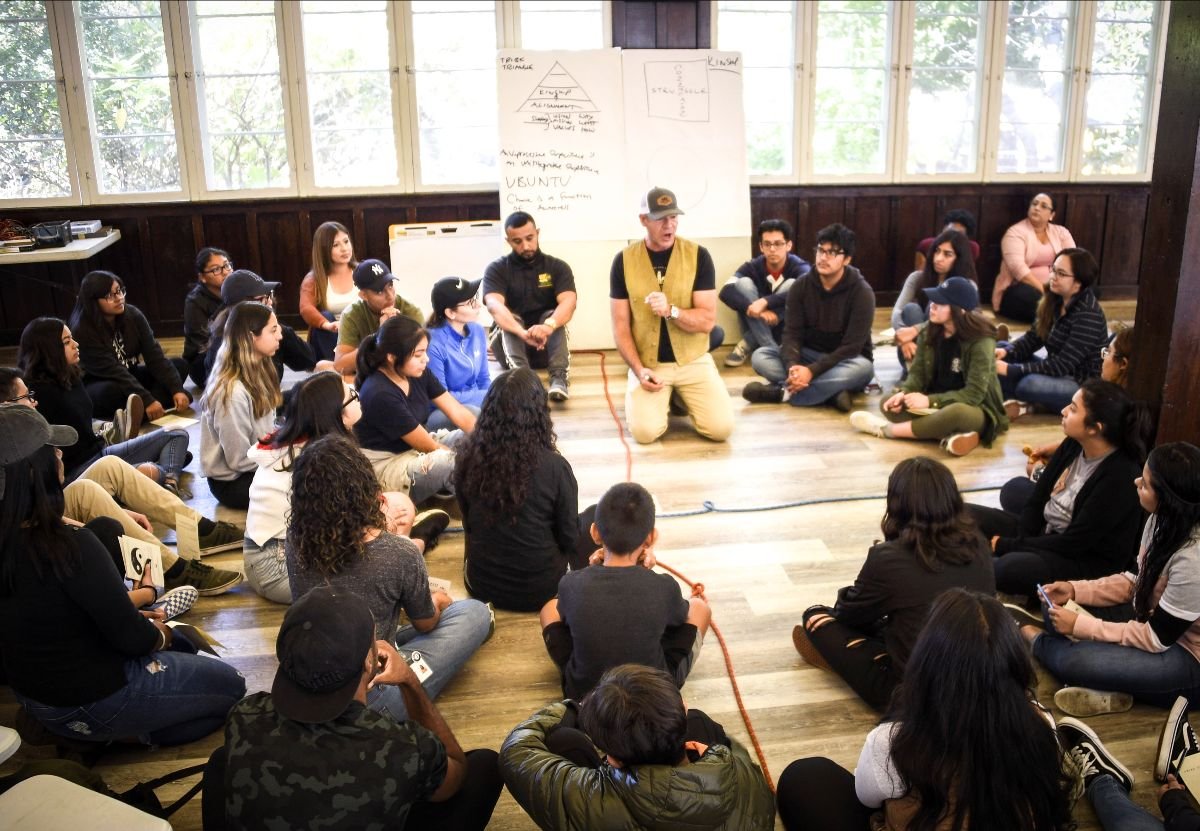Step 44 Up the Tribe Triangle: Coaching and Standing on the Shoulders of Giants
Coaching is the universal language of leadership and learning.
If there is something in your family or team that is not as good as it could be, it is because you are not as good you could be. Getting as good as you can be, or need to be by yourself to achieve your goals is not only a daunting effort of trial and error but a slow one as well.
The fastest way to grow yourself is to get coached. The fastest way to grow your company is to coach your people. Coaching is the way we accelerate our people’s growth and therefor our company’s growth.
At the rate of change in today’s constantly disruptive environment we need to maximize and accelerate our growth and development. It is no longer enough just to lead and manage our people, we need to coach them. This applies to us as well.
Coaching is cultivating your people and accelerating their evolution as both individuals and members of a community. All professional athletes have coaches and most of the highly successful professionals do too. Why not you and your team?
Coaching involves conflict which is why it can only happen effectively after the Healthy Conflict level of the Tribe Triangle. Coaching requires the illumination of our liabilities and taking people where they can’t go themselves.
Coaching is about getting people to see what they can be instead of what they currently are. Coaching can and should happen at every level of the Tribe Triangle but, unfortunately, there are some associations to coaching that make people resistant to it and why it is usually only effectively implemented after the Healthy Conflict phase.
Overcoming resistance to coaching
Firstly, coaching involves conflict. You will be forced to look at your bad habits and performance issues. If you and your team have not established the Healthy Conflict phase of your culture development journey your people will not be open to coaching. Without active participation, coaching will be useless. A good coach is going to tell you and show you things that are uncomfortable to hear. That’s where the growth is.
“A coach is someone who can give correction without causing resentment.”
-John Wooden.
Secondly, coaching is a performance and success tool and until people are actually in the arena competing and both see and feel the need for coaching, there will be resistance. People will simply not accept or invest in coaching unless the fear of failure is louder than the emotional, financial and time cost.
We don’t need motivation for action as much as we need action for motivation. Take action and find out!
Lastly, for coaching to be effective, your people need to want it and be intrinsically motivated. These people are coachable. Many are not coachable at their current state of development so invest your energy and time wisely. A good coach and mentor will both hold people accountable for their success as well as facilitate their journey toward it. We all need a fire under our asses as well as making and maintaining the fire within us.
For coaching to work, people need to want success more than the coach does. If there is resistance it will not work. People need to have the attitude and desire to be successful or coaching will never be.
Coaching is both teaching and mentoring. These two roles correspond to the hard skills and soft skills that every job or project consists of. We teach hard skills of competence and we mentor the soft skills of character.
In addition to teaching and mentoring, coaching is also both leadership and management which involves creating an environment so your team has every opportunity to be successful. Coaches do not just provide best practices and solutions; they ask questions. Telling people what to do solves their immediate challenges but asking questions solves their challenges in the future. This is the greatest gift you can give your people and the most significant thing you can do for both sustainable success and your legacy.
The Four Coaching Styles
There are four main categories of coaching you should be familiar with and have in your arsenal. Remember, evolution is survival of the most adaptable and each member of your team and each situation will require something different from you as a coach.
Direct coaching is informing people of a better way to do things. This comes from an authoritative position of skill and experience. Mentoring is an example of this coaching style. Direct coaching is immediate and targeted but does not unlock the self-directed leadership potential of your people.
The second form of coaching is laissez-faire which means ‘hands off’. Sometimes your people may need to explore the indispensable lessons that can only come with the autonomy of direct experience. Make sure the mistakes that your people will make can be absorbed and learned from before you implement this strategy.
The third form of coaching is non-directive. This strategy entails a non-judgmental approach of asking questions and engaging in conversations to draw out your people’s insights, feelings and thoughts about an experience or challenge. This coaching style takes longer to implement and contains less immediate results but those results are longer lasting.
Ultimately coaching is not about teaching, it is about maximizing their potential to learn.
The last and most effective of the coaching styles is situational coaching. This form consists of an intentional choice of both directive and non-directive styles based on the situation. For this strategy to be implemented effectively you will need to develop a powerful sense of empathy for the person being coached, awareness of the goal you are working toward as well as what is actually happening and the self-reflection to respond intentionally.
In many ways, you, Tribe Leader, are the head coach of your team and a team takes on the personality of its head coach. You cannot take people past the point where you yourself have not gone. You must be a client as well as a coach.
If you are not coaching, you are allowing things to happen and at this stage of the game that trend will be away from success and down toward the level of least resistance. The Sustainable Success level of the Tribe Triangle requires that you keep your tools sharp and your people sharper.
Click here to watch the video of Step 44: Coaching and Standing on The Shoulders of Giants
Leaders Must Write and Speak
Answer these questions in your journal by really writing them down. Discuss them with at least one of your most important people and really listen to their response.
Where are your people struggling with maintaining success or have plateaued?
Have you established the drivers of healthy conflict that will enable coaching to be accepted and effective?
Which of the four coaching styles (Direct, Laissez-faire, Nondirective, Situational) will be most effective for your people? Is there one that you are not skillful at yet?
When was the last time you were coached?
Ubuntu,
Philip Folsom







